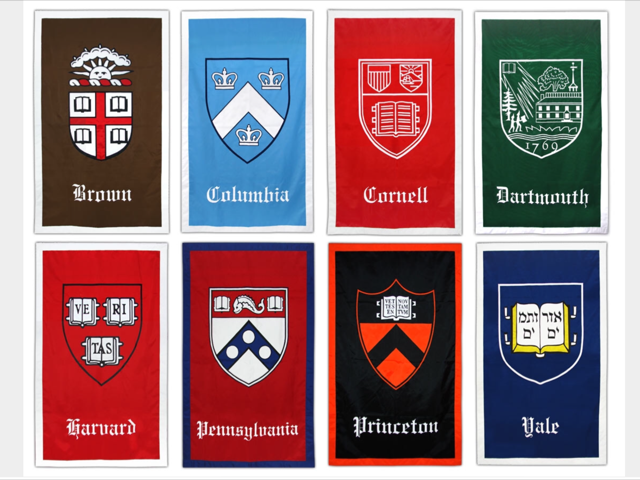[vt_address_lists text_color="#911e1e"][vt_address_list list_text="P.O. Box 2061 Princeton, New Jersey 08543"][/vt_address_lists]
[vt_simple_link link_style="link-arrow-left" link_icon="fa fa-caret-right" link_text="Contact Us" link="https://morningsideheightsamerica.com/contact/" text_color="#8e1c1c" text_hover_color="#7c2f2f" text_size="14px"]
[vc_row 0=””][vc_column][vc_column_text 0=””]
“It’s easy to look at other people’s successes and pin them down to luck or good fortune, when in reality it was the small “insignificant” things done consistently which defined their success.
Philip Ghezelbash

In reality, the Ivy League is an athletic conference consisting of eight prestigious, private colleges and universities in the northeastern United States. Yes, Stanford is not a member of the Ivy League. The term Ivy League more commonly refers to eight institutions, Brown University, Columbia University, Cornell University, Dartmouth College, Harvard University, the University of Pennsylvania, Princeton University and Yale University, that embody the aura of academic excellence, admission selectivity and social elitism. Seven of these institutions were founded before the American Revolution, with Harvard being the oldest, established in 1636. Cornell is the youngest, founded in 1865.
Though gaining acceptance into an Ivy League school is a dream for many students and parents, the facts demonstrate that even among exceptionally well qualified applicants, the acceptance rate was just 8.9% for all applicants to the Ivy League in 2015 according to US News. Moreover, each year over 400 students with a 4.0 GPA, and nearly one-thousand with at least one perfect score on a section of the SAT are denied admission annually. Since perfect grades and SAT/ACT scores will not guarantee admittance into an elite college, what does it take to be competitive? If your standardized test scores are in the middle 50% of range of previous year’s accepted students for the college in question, and your GPA is average or above for the school in question, you have a chance.
In order to get into an Ivy League university or similarly exceptional college, you must prove that you are not only intelligent, but special. In other words, the student must possess academic and non-academic depth and breadth, plus either a talent, an experience or perspective that is distinguishing and compelling, and meets an institutional need. Let Morningside Heights America help you put your best foot forward.
The duration required to transform from an apprentice to a Master is considerable; and according to Malcolm Gladwell, the author of “Outliers,” the journey to Mastery, takes approximately 10,000 hours or about 10 years. In essence, applying to the Ivy League and other premier colleges and universities requires taking advantage of all those years in middle school and high school, to properly build one’s credentials, experience and talent into interesting, engaging a compelling story that shows the colleges that you a “great fit” for their campus and student body. Furthermore, only with uncommon gestalt or expert guidance can you present your entire application in a coordinated, cohesive and compelling fashion, one that is efficient and lowers your stress level. To repeat an old French proverb, “Rome was not built in a day,” And another by Lewis Carroll, “if you do not know where you are going, any road will get you there.”
Columbia University Mission Statement
Columbia seeks to attract a diverse and international faculty and student body, to support research and teaching on global issues, and to create academic relationships with many countries and regions. It expects all areas of the university to advance knowledge and learning at the highest level and to convey the products of its efforts to the world.
[/vc_column_text][/vc_column][/vc_row]
